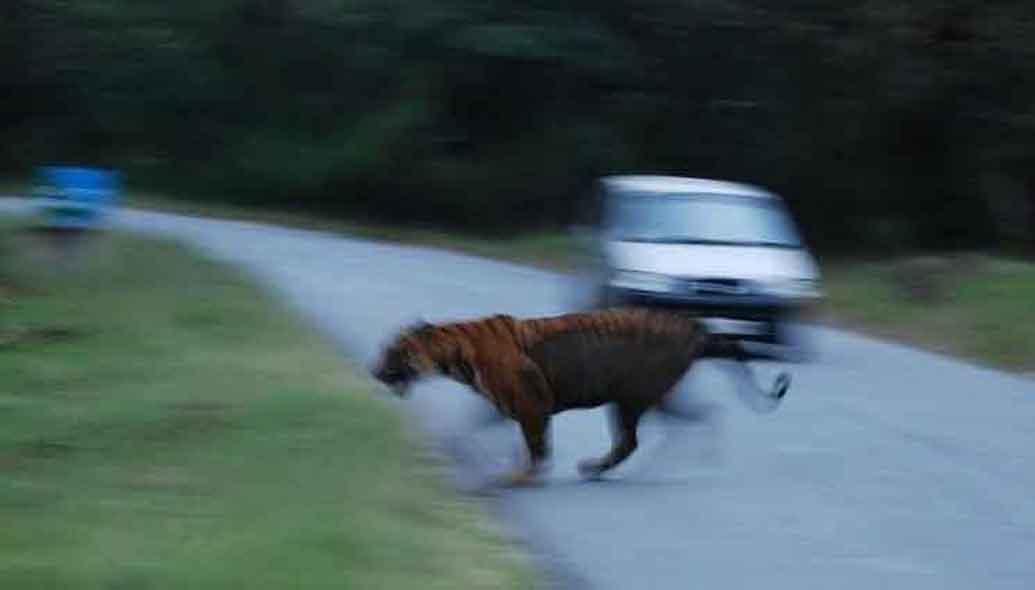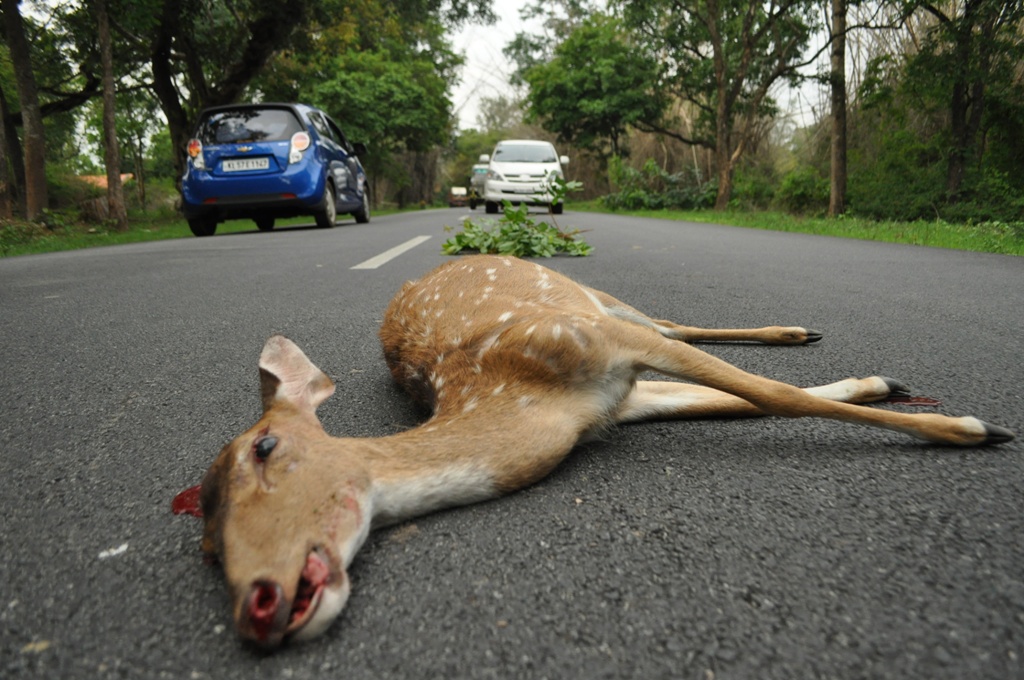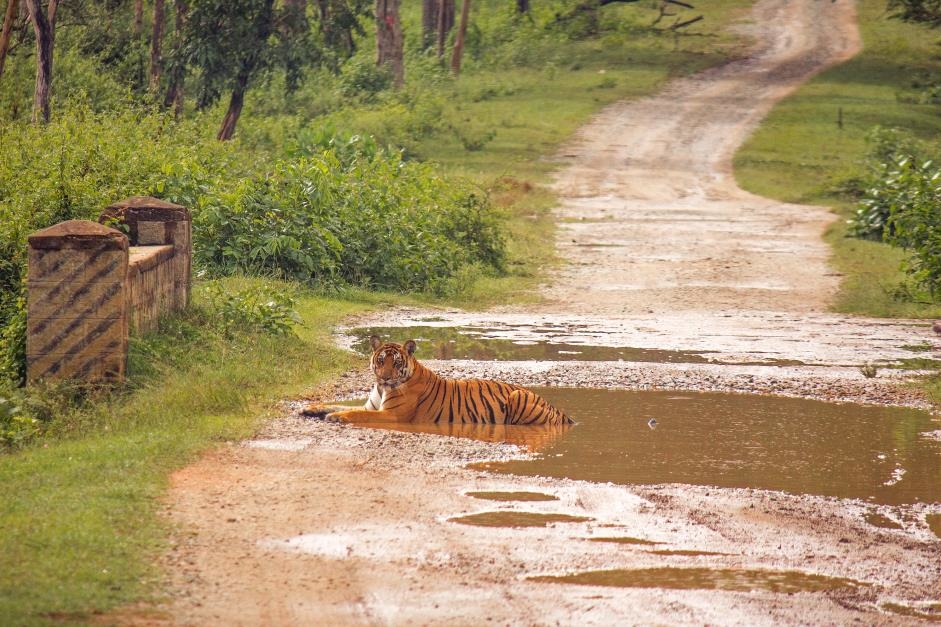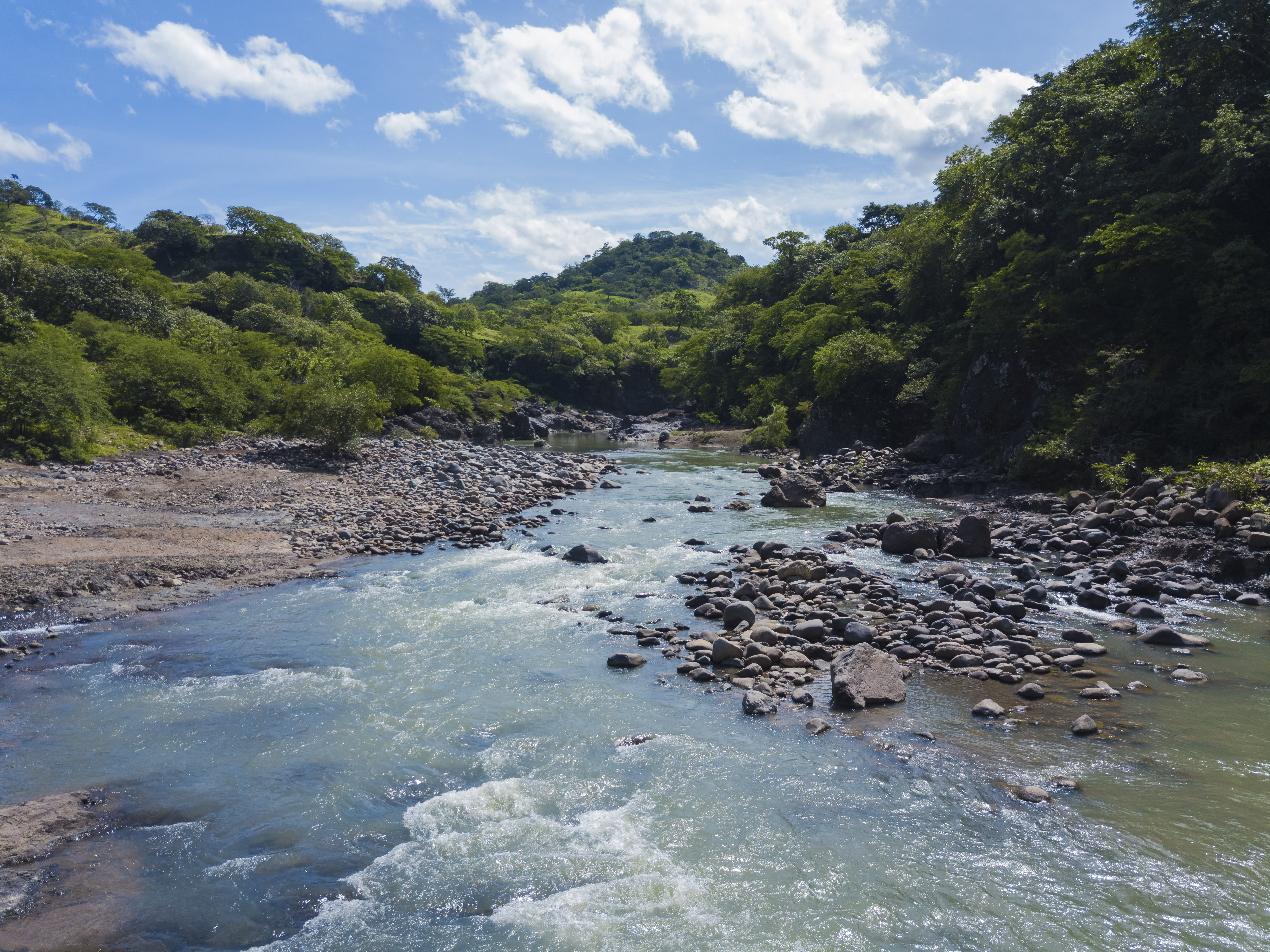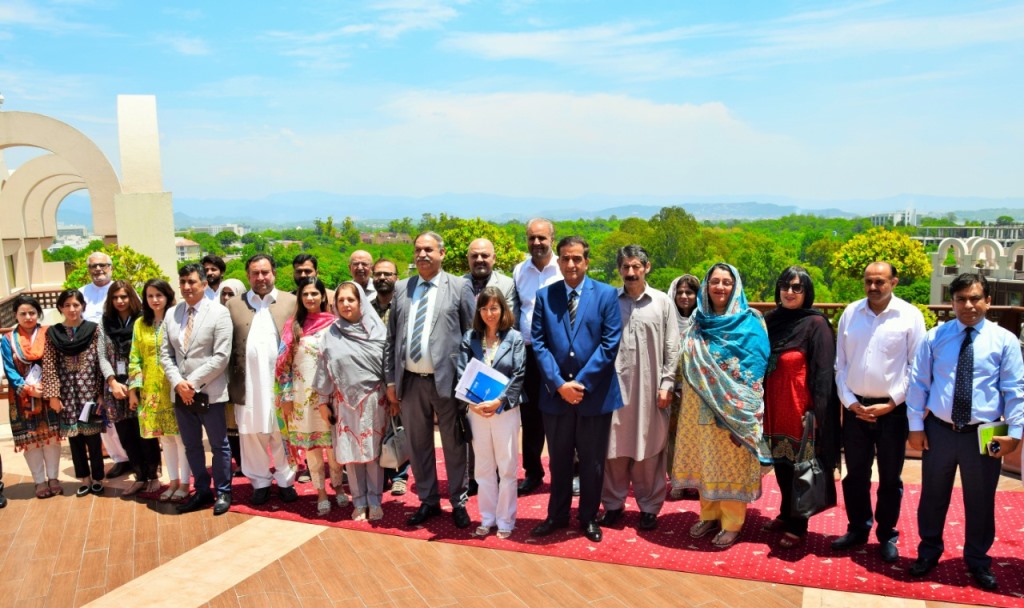Driving tigers to the brink
The survival of tigers in the wild depends largely upon the willingness of the tiger range countries to ensure adequate protection of sufficiently large areas from inappropriate development and activities such as roads and poaching.
Roads and traffic threaten tigers across their range in many ways. Research on Amur tigers in Russia suggests that direct mortality due to vehicle collisions can reduce survivorship and reproductive success of the species. The death of individual tigers also results in social instability. The death of a territorial male can lead to infighting of transient males trying to establish territories, infanticide by the new territorial male, and it also affects tigresses due to unstable male ranges possibly leading to depressed birth-rates. Chital and sambar, principal prey species for tigers in the tropical forests of south Asia are one of the commonly killed species in vehicular collisions, resulting in reduced food source for tigers.
Furthermore, roads are used for illegal activities including hunting of tiger and their prey. In the Russian Far East, six Amur tigers were poached over a 10-year period along one road. In 2010, poachers apprehended in southern India confessed to be illegally hunting chital and other deer species in Bandipur, Bhadra, and Biligirirangaswamy Tiger Reserves by driving on roads at night time.
Highways and vehicular traffic act as barriers for movement of tigers affecting their dispersal, movement patterns thereby splitting populations into sub-populations that cause several direct and indirect effects.
Tigers have been affected by new roads in many parts of their range. In western Malaysia construction of the North-South highway, and another highway that bisected a bottleneck area in Taman Negara National Park has caused fragmentation of tiger habitats. The wildlife corridors between Nepal and India are threatened by upgradation of a highway. The effects of roads are serious in India, a stronghold of the global tiger population.
The spike in India’s growth over the last decade has involved a considerable expansion of infrastructural development projects. However, the welcome benefits of economic development have gone hand-in-hand with serious costs both to people and wildlife, especially those that are wide-ranging such as the tigers. Among these, road and highway projects, which provide the vital foundation on which other sectors of the economy can be built, have received a huge boost. This, in turn, has triggered a rapid growth of motor vehicles in India at 10 - 12% per year, and further intensified the demand for better roads. Often, road improvement and highway development projects are proposed within India’s protected area (PA) network, which forms a mere 5% of the country’s landscape. Roads passing through several key tiger habitats, including Corbett, Kanha, Bandipur, BRT, Anshi-Dandeli, Kudremukh, are listed for resurfacing or conversion to highways.
Unlike many forested tracts of Africa, South America or in South East Asia, where road projects open up frontier areas to markets, in India road and highway projects have primarily involved an enhancement in the quality of existing roads, setting off proximate increases in vehicular activity, rather than fundamentally altering connectivity patterns, although important exceptions exist.
Although these roads enhance connectivity between key economic centres, the upgrading of minor roads to high-speed highways also poses a serious threat to tigers and other wildlife. The current rate of mortality of tigers due to wildlife-vehicle collision in India appears to be relatively low, with approximately 20 documented tiger deaths in various reserves over the past 15 years; although this number is likely an underestimate due to non-detection in some instances. Furthermore, as the population size declines and the road network expands, the direct and indirect effects of mortality due to collision with vehicles and fragmentation of tiger habitats will become a greater concern.
In the past the Nature Conservation Foundation has worked with the government in southern India that has resulted in closure of highways for vehicular traffic at night (when the negative effect of traffic is the highest) through two key tiger reserves, development of alternate roads for highways that are closed to vehicular traffic at night, and realignment of a stretch of a highway to outside a tiger reserve. Such moves by the government is extremely helpful in reducing impacts on tigers and their prey.
Given the strong likelihood of changes to vehicular density in India and other tiger range countries, wherever possible, alternative road alignments need to be developed so that high-speed traffic can be permanently kept out of key tiger habitats. Similarly, the closure of vehicular traffic at night, when wildlife, especially young ones, are most susceptible to road-kills, may also be an advisable option inside PAs.
One of a tiger range country’s biggest challenges today is how they could reconcile the pursuit of economic growth with the protection of integrity of tiger habitats. To make economic growth and human development sustainable requires the identification, understanding, and alleviation of the ecological costs of growth and development without forsaking their benefits.
Although roads and other infrastructure are important for economic development, poor planning, disregard of ecological aspects and excessive road expansion into tiger habitats will further fragment and destroy populations and their habitats in the long-term.
For tiger conservation, there is no escape but to invest in a more holistic process of development planning that includes—rather than ignores—the conservation of our priceless natural heritage.
Our experiences in India offer key lessons on managing the impact of roads in the tiger’s range:
- The most effective mitigation strategy is to decommission existing roads from tiger landscapes, particularly from source populations, and re-route them outside important habitats and prevent construction of new roads;
- Effective mitigation of road impacts requires engagement of all levels of government and the community;
- Dedicated wildlife crossing structures will likely be required in tiger landscapes because standard drainage structures alone are ineffective at mitigating the negative effects of roads and traffic.
- International funding agencies are financing the rapid rate of construction of roads in many tiger-range countries and they must become involved in measures to ensure these developments do not further endanger the persistence of tigers.
- Rigorous and peer-scrutinised Environment Impact Assessments (EIA) by trained wildlife biologists should assess the broader impacts of roads rather than focussing on the physical aspects of their construction. Second, it is essential that the EIA process be changed such that development projects that are already approved in PAs be assessed on a continuing basis for unforeseen impacts, and post-hoc mitigation measures are legally mandated where necessary to reduce such impacts on tiger habitats.
Written by Sanjay Gubbi, Scientist at the Nature Conservation Foundation (NCF)
See more about Sanjay Gubbi on our recent interview:
Literature:
http://21tiger.zslsites.org/assets/21tiger/Resources/GubbiPoornesha_2015.pdf
